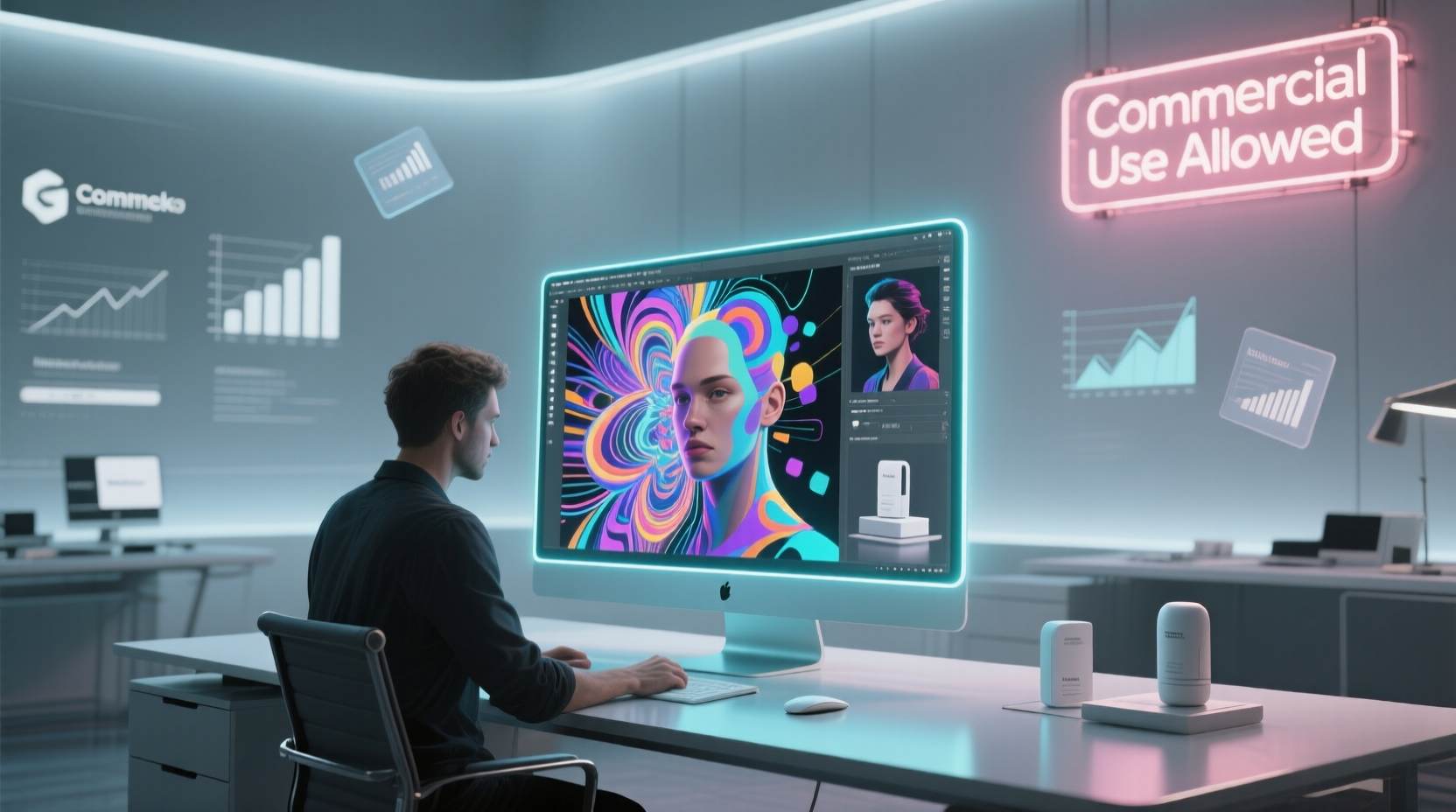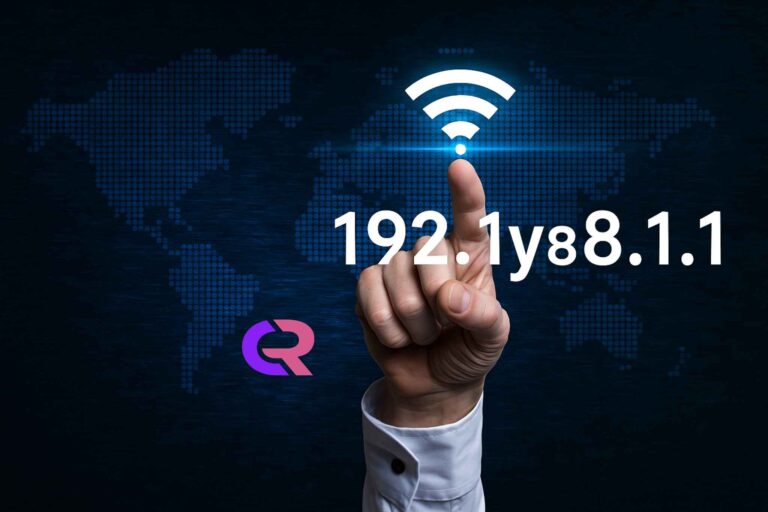AI Art Generators That Allow Commercial Use: Best Platforms for Creators
The rise of artificial intelligence in the creative industry has transformed how artists, designers, marketers, and entrepreneurs develop visual content. For professionals and businesses, the key factor isn’t just generating stunning art—it’s about using it legally for branding, selling, or client projects. That’s why the search for AI art generators that allow commercial use has become essential. Having access to the right platform means you can create without worrying about copyright restrictions or usage limitations.
This article explores the best AI art tools that permit full commercial licensing, explains how they work, and shows why they are critical for creators who want to monetize their output. By the end, you’ll have a clear picture of which platforms align with your goals and how to maximize their potential.
Why Commercial Rights Matter in AI Art
AI tools have simplified the art creation process, but not every generator provides the freedom to use images commercially. Many platforms restrict usage to personal projects, leaving creators at risk if they unknowingly use AI-generated images for business. Commercial rights allow you to integrate AI artwork into logos, merchandise, book covers, digital ads, NFTs, and more without legal concerns.
When evaluating AI art generators that allow commercial use, creators must look beyond image quality. Licensing agreements, ownership rights, and distribution permissions hold just as much weight. The wrong choice could lead to copyright disputes or limited scalability in professional projects.
AI Art Generators That Allow Commercial Use
MidJourney
MidJourney is one of the most recognized platforms for generating high-quality AI art. With its subscription model, paid users gain full commercial rights to the artwork they create. Businesses use MidJourney for branding, concept art, and product visuals because of its detailed and stylized outputs. While it requires a Discord server for operation, its licensing structure supports professionals who want to monetize their work.
DALL·E 3 by OpenAI
DALL·E 3 stands out for its ability to interpret natural language prompts into precise and detailed images. It grants commercial usage rights to users, making it suitable for marketers, publishers, and entrepreneurs. Many creators rely on it for editorial illustrations, advertisements, and social media branding. Combined with ChatGPT for prompt engineering, it produces artwork that feels both original and commercially viable.
Stable Diffusion
Stable Diffusion has become a favorite for those seeking open-source flexibility. As one of the AI art generators that allow commercial use, it empowers creators with full control over both the model and the images. Developers and designers integrate it into apps, websites, and custom projects. Its open license ensures that users can generate and sell artwork without restrictions, making it a powerful choice for businesses looking to innovate.
Adobe Firefly
Adobe Firefly integrates seamlessly with Adobe’s Creative Cloud, giving professionals both reliability and commercial assurance. Unlike free AI models with vague licensing, Adobe explicitly states that Firefly is trained on licensed content and public domain material. This guarantees safe commercial usage for business projects. Designers particularly appreciate its native integration with Photoshop and Illustrator, streamlining workflows without legal uncertainty.
NightCafe Studio
NightCafe Studio provides versatile art generation with commercial rights included for paying users. It offers multiple algorithms, including Stable Diffusion, giving artists more creative variety. Many creators use NightCafe to design posters, prints, and digital products that are later sold on platforms like Etsy or personal online stores. Its straightforward licensing makes it attractive to small business owners and independent designers.
Runway ML
Runway ML is more than just an AI art generator; it’s a creative suite that includes video and design tools. For businesses and creative professionals, Runway offers commercial rights under its paid plans. This platform is widely used in advertising, filmmaking, and design industries. By giving creators the ability to legally monetize content, Runway positions itself as both a technical and legal ally in the world of AI-driven creativity.
Key Factors to Consider Before Choosing a Platform
When selecting AI art generators that allow commercial use, several factors should guide your decision:
1. Licensing Terms: Always verify the platform’s licensing agreement. Some offer unlimited commercial rights, while others impose limits based on subscription tiers.
2. Image Quality and Style: Not all generators produce the same level of realism or creativity. A marketer may need polished visuals, while an artist may prefer experimental, abstract outputs.
3. Integration Options: If you already use professional tools like Photoshop, Illustrator, or video editing software, pick an AI art generator that integrates seamlessly with your workflow.
4. Pricing and Scalability: Commercial licenses often come with paid plans. Consider whether the subscription cost aligns with your long-term business model.
5. Community and Support: Platforms with strong user communities provide valuable resources, tutorials, and prompt-sharing that can enhance creativity and productivity.
Practical Applications of Commercial AI Art
The real power of AI art generators that allow commercial use lies in their applications. Businesses and individuals alike are leveraging these tools to expand their creative potential.
- Branding and Marketing: Logos, banners, product packaging, and advertising visuals are being generated with AI, giving brands unique, customizable graphics.
- Publishing and Media: Authors and publishers create book covers, editorial illustrations, and digital magazine spreads.
- E-commerce: Sellers on platforms like Shopify and Etsy generate custom artwork for merchandise such as posters, T-shirts, and home decor.
- Social Media Content: Influencers and businesses design eye-catching graphics for Instagram, TikTok, and YouTube thumbnails.
- NFTs and Digital Assets: Creators mint AI-generated art as NFTs, selling them with full commercial rights attached.
By combining creativity with legally backed ownership, businesses are finding new revenue streams and marketing advantages.
Challenges and Ethical Considerations
Even with commercial rights, creators must navigate challenges when using AI art. Ethical debates around originality, data sourcing, and artist compensation continue. For example, if an AI model was trained on copyrighted works without permission, questions arise about the authenticity of ownership.
Additionally, oversaturation in online marketplaces poses another challenge. With so many creators using AI-generated designs, standing out requires strong branding, unique prompt engineering, and consistent quality control. Commercial rights give legal security, but creative differentiation remains a human responsibility.
The Future of Commercial AI Art
AI art is moving beyond experimentation into professional practice. Platforms are increasingly prioritizing commercial use licensing, recognizing that businesses need clarity and confidence before investing in AI-driven creativity. As adoption grows, expect stronger intellectual property frameworks, more customization options, and seamless integrations across industries.
Creators who embrace AI art generators that allow commercial use now will secure an advantage in building brands, products, and digital assets. This is not just a trend but a structural shift in how content is created, owned, and monetized.
Final Thoughts
Creators, entrepreneurs, and businesses need tools that offer both innovation and freedom. That is why finding AI art generators that allow commercial use is no longer optional—it is essential. Platforms like MidJourney, DALL·E 3, Stable Diffusion, Adobe Firefly, NightCafe, and Runway ML all provide professional-grade solutions with clear licensing terms. They empower creators to transform ideas into tangible assets that can be monetized without fear of copyright disputes.
By choosing wisely and mastering prompt engineering, any creator can turn AI-generated visuals into profitable ventures. The path forward belongs to those who understand both the creative potential and the legal framework, ensuring that AI-generated art is not just beautiful but also commercially viable.







